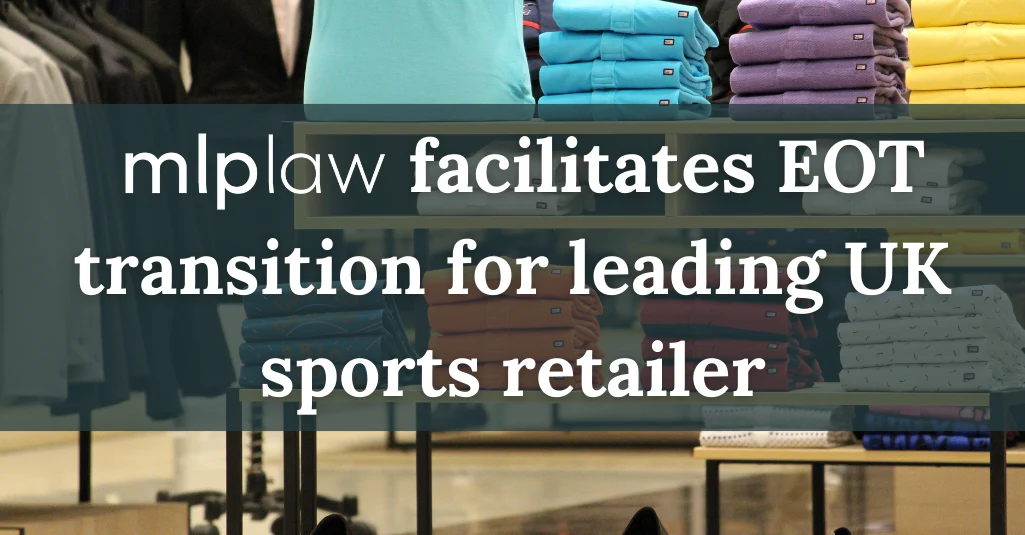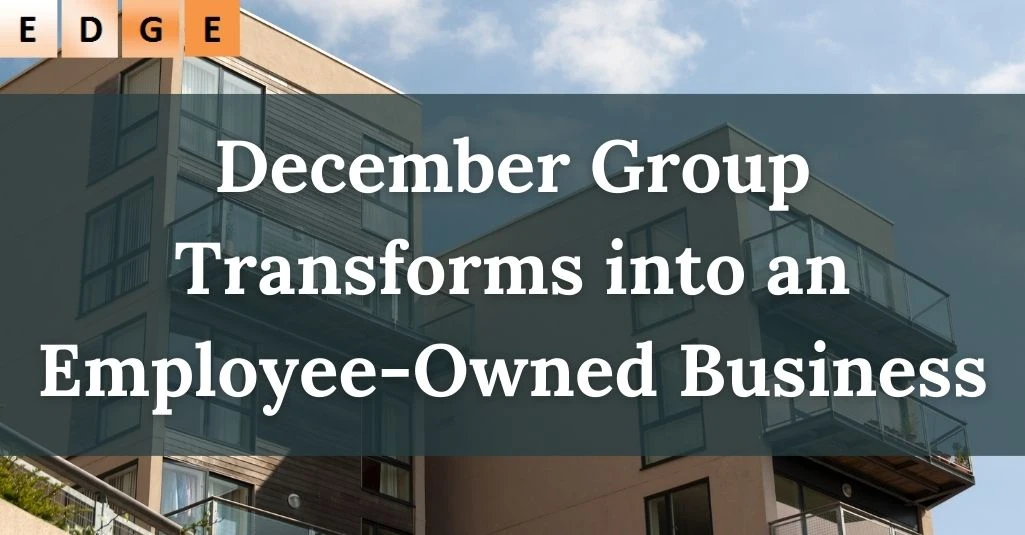
Case Study: Setting up Employee Benefit Trust for Travelogix Ventures Ltd
6th May 2025mlplaw has worked with Travelogix Ventures Limited (the Company) and its directors...
Read
2 mins read

Case Study: mlplaw facilitates EOT transition for leading UK sports retailer
30th Jan 2025mlplaw has advised one of the UK’s leading sports retailers on a...
Read
1 min read

Case Study: December Group Transforms into an Employee-Owned Business
28th Nov 2024mlplaw has advised December Group Limited, the holding company for a property...
Read
1 min read

Case Study: Helping Edge Public Solutions Transition to Employee Ownership Trust
19th Aug 2024This project involved the incorporation of a new employee owned trust company...
Read
2 mins read

Case Study: NTAS Restructures by Empowering Employees Through EOT
24th Jul 2024We acted for the new employee owned trust company in the restructure...
Read
1 min read

Case Study: mlplaw closes ‘John Lewis’ style NHS deal
12th Jul 2022Altrincham-headquartered MLP Law has advised an NHS GP practice on a transition...
Read
2 mins read



